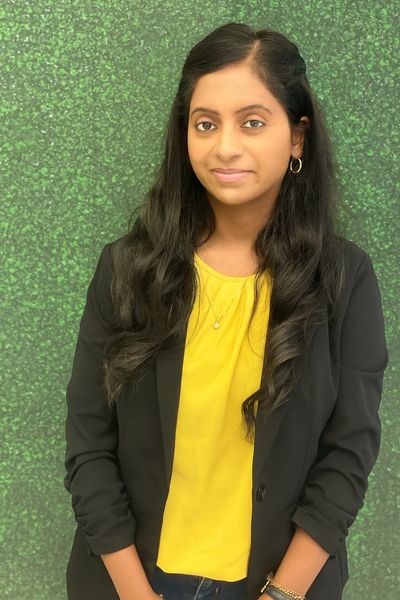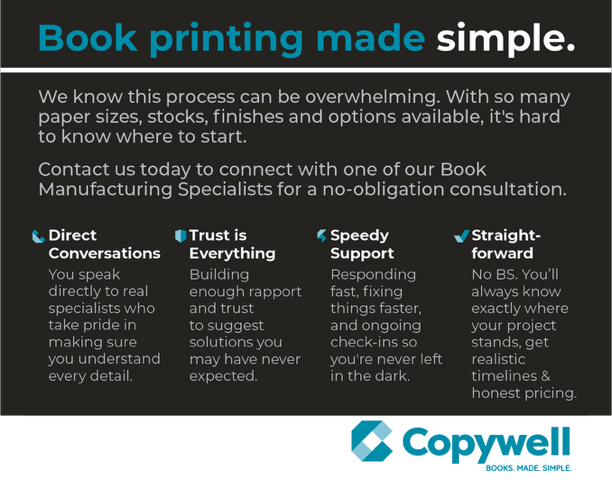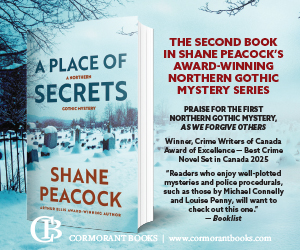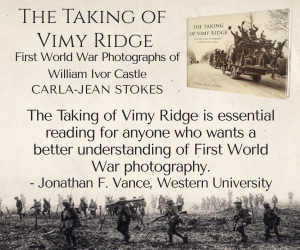I AM AN IMMIGRANT by Sujivany R. Sujan is a Celebration of Identity and Resilience
Every journey has a story, and every story matters. I Am an Immigrant (Saunders Book Company/Beech Street Books) invites young readers to discover the courage, strength, and pride that comes with being part of a new place while staying connected to where you come from. This powerful addition to the I Am Series celebrates the experiences of immigrants of all ages and backgrounds and shows how these journeys help shape the vibrant communities we live in today.
Written with care and honesty, this book offers an age-appropriate introduction to the immigrant experience from author Sujivany R. Sujan. Through accessible language and engaging visuals, it gives readers a chance to see themselves or their classmates in its pages. Whether it's learning a new language, making new friends, or honoring traditions from home, each story opens up opportunities for understanding and empathy.
I Am an Immigrant is a celebration of identity and resilience. It encourages kids to embrace their own stories and learn from others in a meaningful way. Ideal for classrooms and libraries, this title sparks important conversations about belonging, diversity, and the power of shared stories across cultures.
Check out out interview with the author of the important work on nonfiction for young readers!
Open Book:
Tell us about your new book and how it came to be. What made you passionate about the subject matter you're exploring?
Sujivany R. Sujan:
I wrote my first book, Pongal, in 2023 with Beech Street Books, a reputable Canadian educational publisher. Pongal is a festival of harvest, celebrated by Tamils around the world. As a Tamil Canadian, I was proud to share my cultural knowledge and describe how the festival is celebrated here in Canada. The entire process—from early research and writing the manuscript, to offering input on the final draft, and finally seeing the book on library shelves—was incredibly positive and rewarding! When the same publisher invited me earlier this year to contribute to their I Am series, where I could share my experiences as an immigrant, I was pleased to accept the opportunity! Having worked at York University for over 15 years, I’ve developed a deep passion for supporting student learning. Writing nonfiction books for a younger age group allows me to pursue that same passion in a creative new way!
OB:
What was your research process like for this book? Did you encounter anything unexpected while you were researching?
SRS:
The I Am series by Beech Street Books explores a variety of topics through the author’s personal experiences. When I began writing the manuscript for I Am an Immigrant, the research process became a deeply personal journey—one that required me to dig into my own memories. Since I was only a young child when my family immigrated to Canada, I often turned to my parents to help fill in the gaps where I couldn’t remember too well. They were more than willing to take a walk down memory lane, sharing the very few photos that they had, along with stories and experiences that helped shape me into who I am today! As they described some of the more difficult moments of our immigration journey, I gained a deeper understanding of what it means to be an immigrant—something I hadn’t expected. While Canada is known for being welcoming and supportive of newcomers, each immigration story is different, and the challenges people face are real, personal and unique. I’m grateful for the opportunity to share my story in I am an Immigrant. I hope that readers will find it relatable, insightful, and perhaps even comforting to those navigating their own immigration journeys.
OB:
What do you love about writing nonfiction? What are some of the strengths of the genre, in your opinion?
Your CanLit News
Subscribe to Open Book’s newsletter to get local book events, literary content, writing tips, and more in your inbox
SRS:
I am an Immigrant is creative nonfiction, and I love having the chance to make a genuine impact by offering something educational and authentic! I also appreciate how flexible the nonfiction genre can be. Whether it is a memoir, an essay, a how-to guide, or creative nonfiction – each has its own purpose. The biggest strength of the genre, in my opinion, lies in its power to connect readers to the real world in a meaningful and engaging way. It can help people make sense of the world and their place in it, empower them to make better life decisions and broaden their perspectives. It can even influence readers to take action and make positive changes!
OB:
A lot of nonfiction prizes and anthologies have expanded to welcome more personal nonfiction as well as strictly research-based nonfiction. What do you think of this shift within the genre?
SRS:
I think that the shift towards more personal nonfiction alongside strictly research-based nonfiction, is an exciting and positive development for the genre. It acknowledges that truth isn’t only found in data and facts, but also found through lived experiences. Personal nonfiction brings depth and humanity to topics that might otherwise feel distant or abstract. It can allow readers to see the world through someone else’s eyes, encouraging them to be more open-minded and respectful about sensitive topics. Welcoming more personal nonfiction also gives voice to new authors who may not have access to academic platforms.
OB:
What defines a great work of nonfiction, in your opinion? Tell us about one or two books you consider to be truly great books.
SRS:
A great work of nonfiction (whether it is personal or research based) should be thoughtfully written, present facts or ideas with clarity, and also connect with the reader. Readers should be engaged and invited to think more deeply about a subject, be able to ask questions or gain new perspectives. Great works of nonfiction should aim to educate and inform, while making an impact that continues to resonate with readers long after they finish reading. For example, the book Being Mortal: Medicine and What Matters in the End, written by Atul Gawande, is based on the author’s own work as a surgeon. Gawande blends research with real life stories in a thoughtful and compelling way that allows readers to ask questions about aging while thinking about what truly matters. Another great nonfiction book is Becoming by Michelle Obama, because it is honest and offers a deeply personal look into her life. From her childhood to her time as First Lady, her personal story is both inspiring and relatable, as it encourages readers to embrace their own journeys of growing up. Both books show that great nonfiction doesn’t just deliver data and facts, it tells real stories in a way that makes us feel, think, and question the world around us!
OB:
What does the term creative nonfiction mean to you?
SRS:
Creative nonfiction to me, means exactly how it sounds - grounded in truth, but told with a creative and compelling voice. It includes works like memoirs, personal essays and narrative histories. Sometimes, I like to think of it as a unique genre that blends both fiction and nonfiction into an emotionally powerful package, beautifully expressing someone’s reality. Creative nonfiction uses techniques of fiction (like vivid description and character development) to tell a true story. A great work of creative nonfiction will invite the reader to think and reflect about the story’s topic on a deeper level.
_________________________________________
Sujivany R. Sujan is an author of multiple titles, including I Am an Immigrant, from the I Am series.







